عثر باحثون على بقايا خبز في موقع أثري بالصحراء السوداء شمال شرق الأردن، تبين أنه الأقدم في العالم وتم إعداده قبل أكثر من 14 ألف عام، أي قبل ما يزيد عن أربعة آلاف عام من اكتشاف الزراعة. ويشكل هذا “الحدث الاستثنائي” دافعا للعلماء إلى البحث عن علاقة ارتباط بين إنتاج الخبز ونشأة الزراعة.
اكتشف باحثون بقايا متفحمة لخبز تم إعداده قبل 14500 عام في موقد حجري بشمال شرق الأردن، ما يعني أن إنتاج ذلك الغذاء الحيوي حصل قبل آلاف السنين من اكتشافهم الزراعة.
ويظهر الاكتشاف الذي نشرت تفاصيله الاثنين أن الصيادين في منطقة شرق البحر المتوسط صنعوا الخبز قبل فترة طويلة مما كان معروفا في السابق، وقبل ما يزيد عن أربعة آلاف عام من أن تترسخ الزراعة ضمن الأنشطة البشرية.
وصنع الخبز المسطح غير المخمر على الأرجح والذي يشبه إلى حد ما الخبز المستدير من حبوب برية مثل الشعير أو القمح أو الشوفان، وكذلك من درنات من الأنواع القريبة من ورق البردي المائي التي حولت إلى دقيق.
ويعود إنتاج الخبر إلى زمن الحضارة النطوفية التي مال أتباعها إلى اتباع نمط حياة مستقر بدلا من نمط حياة الرحل، وتم العثور عليه في موقع أثري بالصحراء السوداء.
“حدث استثنائي”
وقالت آمايا آرانز – أوتايجي، الباحثة في جامعة كوبنهاغن في علم النباتات الأثرية والمعهد الرئيسي لبحث نشر في دورية (بروسيدنجز أوف ذا ناشيونال أكاديمي أوف ساينسز)، إن “وجود خبز في موقع له هذا العمر، حدث استثنائي”.
وأضافت أن أصول الخبز ارتبطت إلى الآن بالمجتمعات الزراعية المبكرة التي بدأت في زراعة حبوب مثل البقوليات. وجاء أقدم دليل سابق على الخبز من موقع عمره 9100 عام في تركيا.
وتابعت “علينا الآن أن نقيّم ما إذا كانت هناك علاقة بين إنتاج الخبز ونشأة الزراعة…من الممكن أن الخبز أوجد حافزا للناس للاشتغال بالزراعة”.
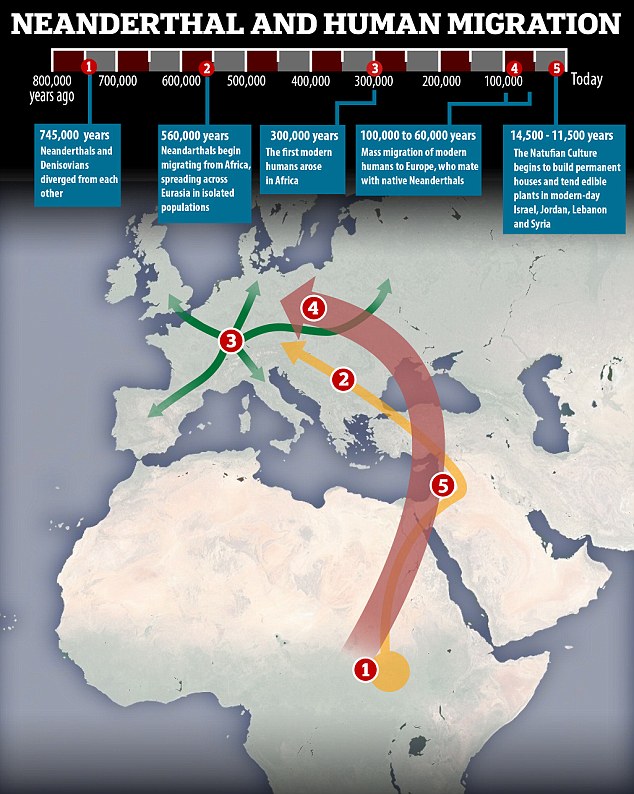
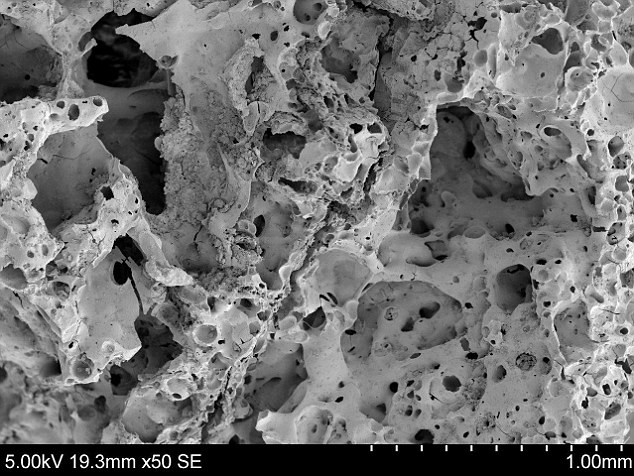
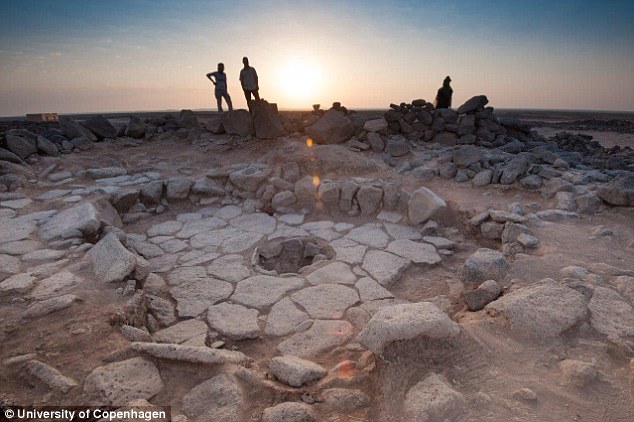
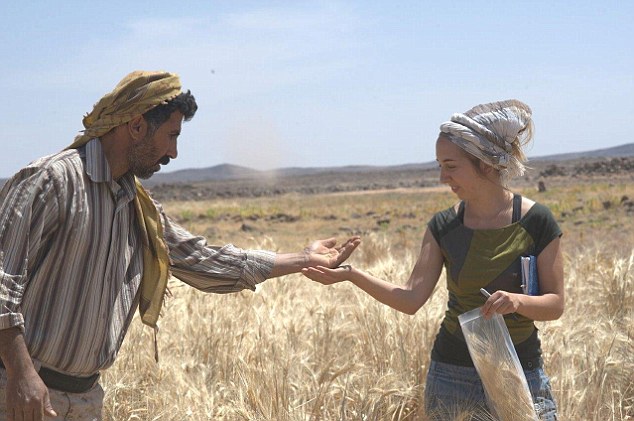
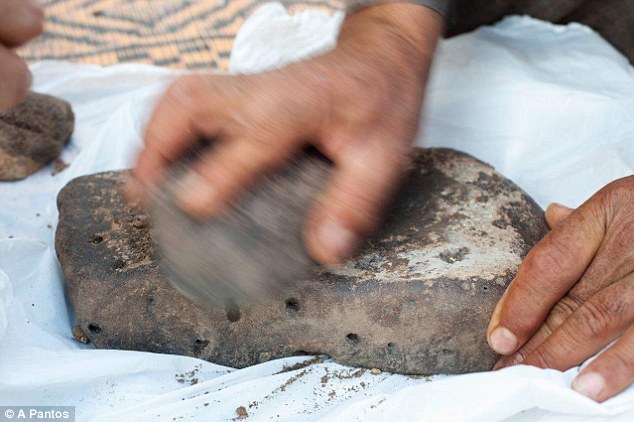
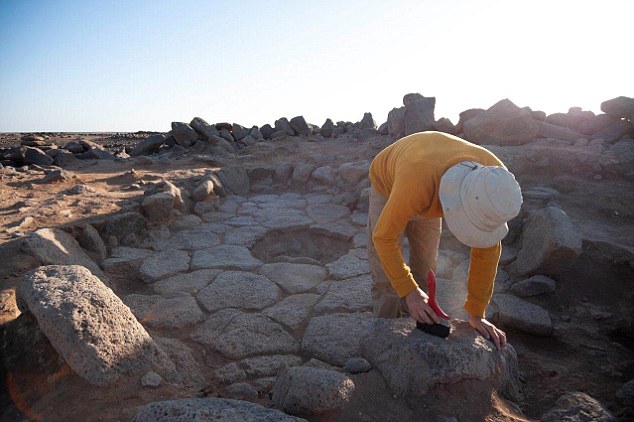
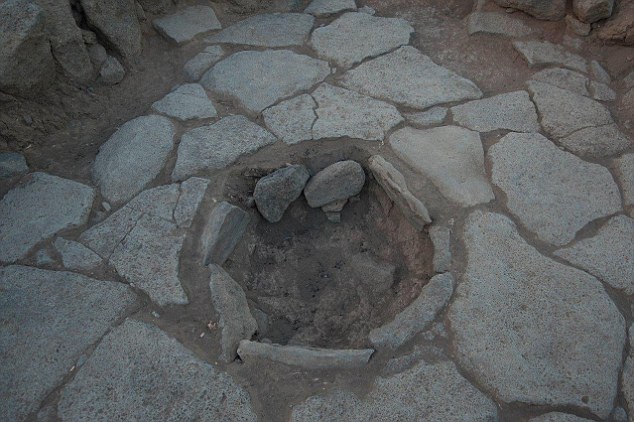
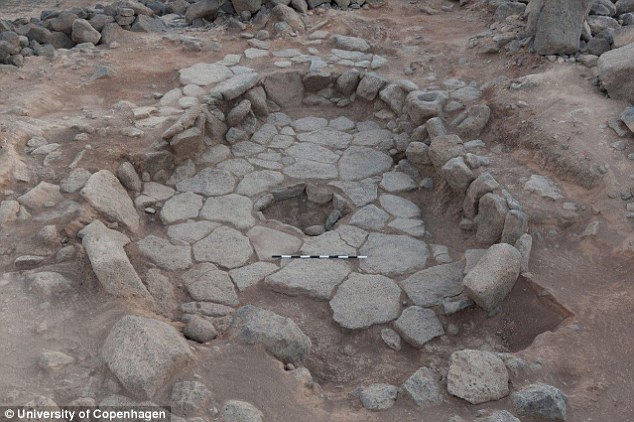
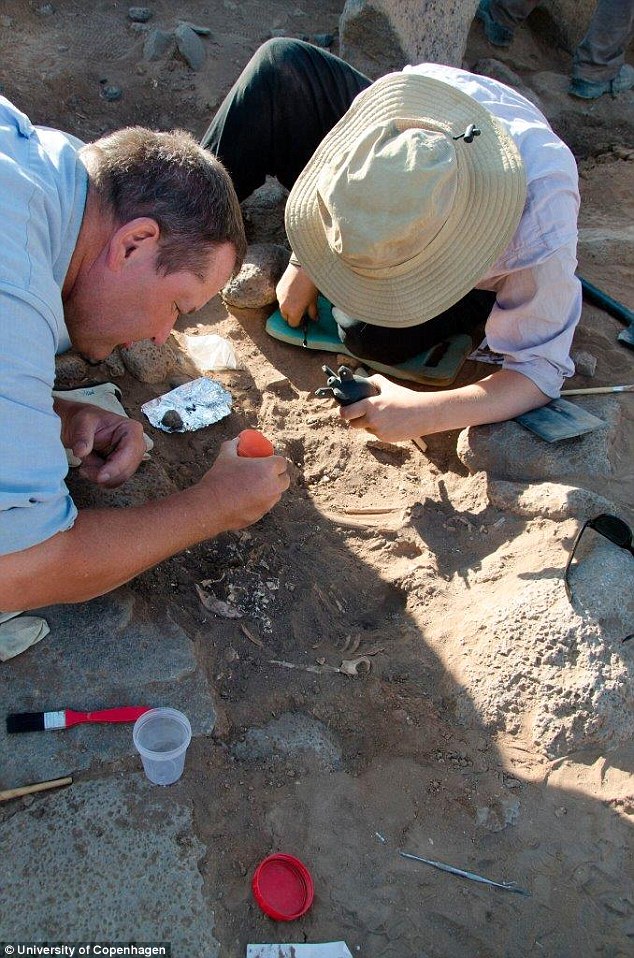
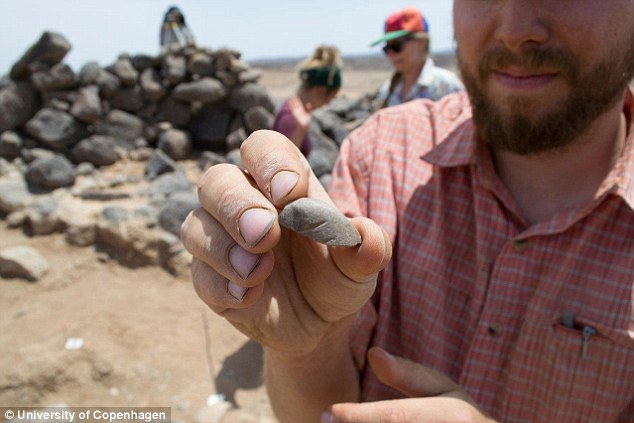
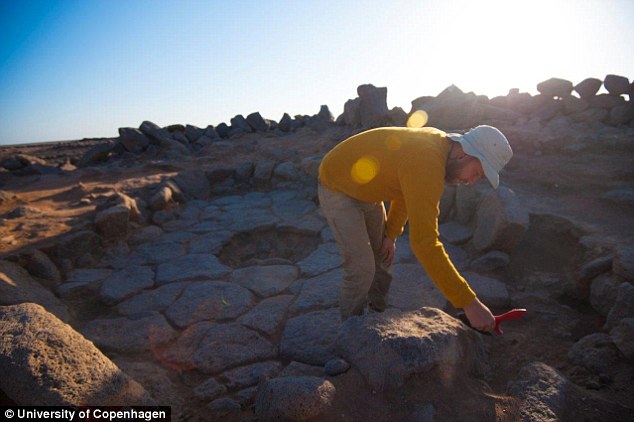

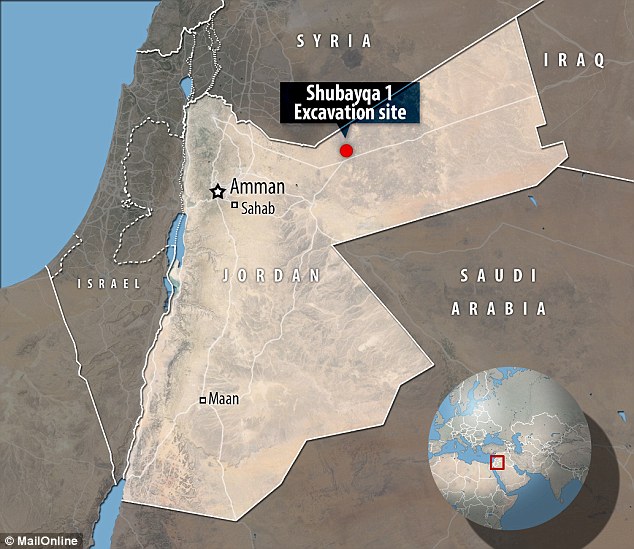
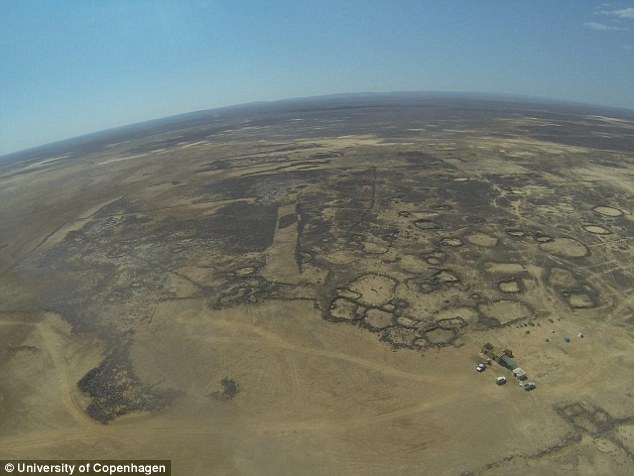
Source: Tamol.om
